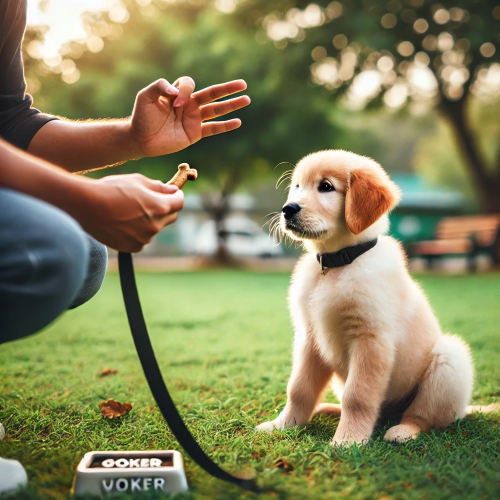Leash training transforms walks into a joy for you and your puppy. This guide covers techniques to teach loose-leash walking and eliminate pulling. Start early with these puppy leash training tips for calm, controlled outings that both of you will love!
Why Leash Training Helps
A puppy pulling on the leash can strain your arm and their neck, making walks stressful. Leash skills keep them safe near roads and teach good manners. Begin at 8-10 weeks to establish a lifetime of pleasant walking habits.
Step 1: Introduce the Leash
Let your puppy wear a lightweight leash indoors, dragging it around for a few minutes. Reward them with treats for ignoring it. Attach it briefly, praising calm behavior, to build comfort with the sensation.
Step 2: Teach Loose-Leash Walking
Walk with treats in hand. Stop if they pull, resuming only when the leash slackens. Reward them for staying near you without tension. Consistency here stops pulling habits from forming and reinforces good behavior.
Step 3: Add Distractions
Practice in your yard, then a quiet street. Use a cue like “let’s go” to redirect focus when they lunge at squirrels or people. Gradually increase distractions, rewarding focus on you for a reliable loose-leash walk.
Avoiding Mistakes
Don’t yank the leash—it confuses them and can hurt. Use a fixed-length lead, not retractable, for better control. Keep sessions short (10-15 minutes) to avoid frustration, building up as they improve.
Tips for Success
Walk at their pace initially, speeding up as they learn. Treats or praise reinforce good habits—use high-value rewards outdoors. Tired puppies pull less, so exercise first. Patience turns walks into bonding time.
Leash training takes time but ensures enjoyable, stress-free walks. Master these steps for a polite pup who strolls calmly by your side. See more puppy training advice on our site for additional skills!
